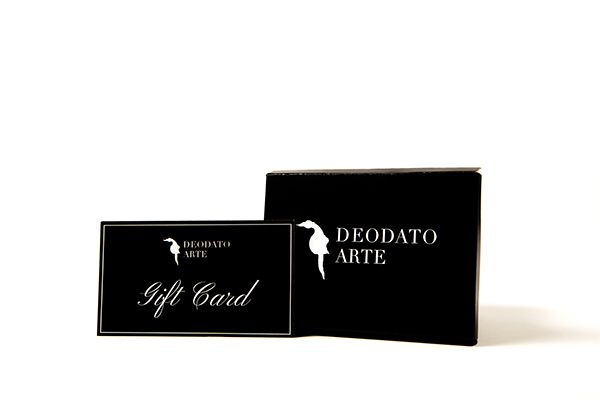
Andy Warhol’s “Myths” (1981) portfolio is one of his most famous series.
The series “Myths” by Andy Warhol, the well known pop artist, brings life to various fictional characters that are significant, such as Andy Warhol’s Superman, published 1981. He is showcasing these figures as a way to reflect his opinions on the “essential” components of American Pop Culture.
Andy Warhol Myths Series were created in 1981 and uses an interesting approach to the subject in the process of creating. Even though Andy Warhol uses found images, he took another approach and invited his friends over to his studio for them to pose. The series Myths contains 10 silkscreen prints of poses, that he took with his Palaroid Camera, of his friends and actors who dressed up as the fictional and public figures. He even took pictures of himself for the character The Shadow, who is a crime fighting hero from comics and novels.
CLOSER INTO THE “MYTHS”
This series contains 10 prints that are “symbols” of the consumer culture that includes: Mickey Mouse, Superman, the Witch, the Shadow, the Star, Howdy Doody, Uncle Sam, Dracula, Santa Claus, and Mammy.
Now let’s look at some of the artworks in the series. Below you will find some of the most popular artworks in the series Myths.
ANDY WARHOL “MYTHS”: MICKEY MOUSE
Andy Warhol’s Mickey Mouse is one of the most beloved pieces in the series.
This figure, Mickey Mouse, is well-known by all ages today. Mickey has been on TVs, books, toy stores, … since forever. He is beloved and Andy Warhol depicts Mickey’s big smile and classic look with a contemporary style. The pink light reflections around Mickey’s ears, nose, and body helps the viewer distinguish his bodylines on black-on-black surface in a pop-artsy way.
ANDY WARHOL “MYTHS”: SUPERMAN
Just like Mickey Mouse, Andy Warhol: Superman is a well known piece of the series Myths, featuring Warhol's iconic pop-art style.
Superman has been one of the most famous, if not the most famous superheroes in the world. Andy Warhol depicts Superman with his classic pose as the way he flies with one fist up, towards the direction he flies and the other arm next to his body. Superman is wearing his costume with red & blue colors with some yellow on the belt and the “S” logo. There is a line-art print overlapping with the comic-book style painting, creating a holographic colorway.
ANDY WARHOL “MYTHS”: THE WITCH
Andy Warhol’s The Witch is a depiction of a witch. However, it is not just a random witch. If you have seen the famous and beloved movie The Wizard of Oz, you might recognize the antagonist of the story; the Wicked Witch of the West.
This work, unlike the artworks Superman or Mickey Mouse, is on a purple background with pastel green skin and a maniac screaming laughter. We see the complimentary colors purple-yellow and green-red work beautifully on this artwork.
ANDY WARHOL “MYTHS”: THE SHADOW
As mentioned above, this character was casted by Andy Warhol himself. The Shadow is a fictional crime fighting hero who was popular on the radio during Andy Warhol’s childhood around the 1930s. We know that Andy Warhol has been interested in the ways shadows are and he made tons of artworks and even a series titled “Shadows” in 1978.
Andy Warhol the Shadow, from the Myth series, 1981 is a self portrait on the right side of the board with a ¾ view. The right side of the artwork is in a strong red colour, but his shadow is in a contrasting cool blue colour. This composition creates an effect on the viewer as if there is another person or a split-self.
WHO IS ANDY WARHOL? MORE ABOUT ANDY WARHOL
Andy Warhol, aka Andrew Warhola Jr. was a pop artist, painter, sculptor, director, and an actor. He was born on August 6, 1928 in Pittsburgh, Pennsylvania USA.
During his early years as an emerging artist, he worked as a commercial artist and exhibited his work in several galleries. His work had gained recognition from the audience in his 20s and his influential and controversial style became easily recognizable.
He was openly gay and was almost killed in his studio in 1968. However, he died of cardiac arrhythmia in 1987.
The Factory, his studio in New York, as it was a hot-spot for drag queens, celebrities and rich patrons, became a central location for all kinds of artists and clients.











 Register
Register Wishlist
Wishlist Contact Us
Contact Us





